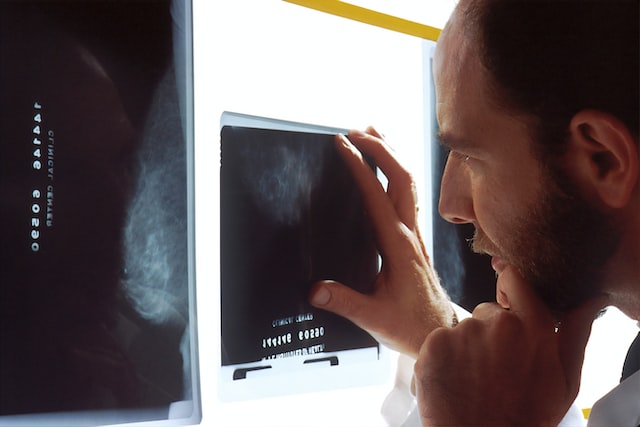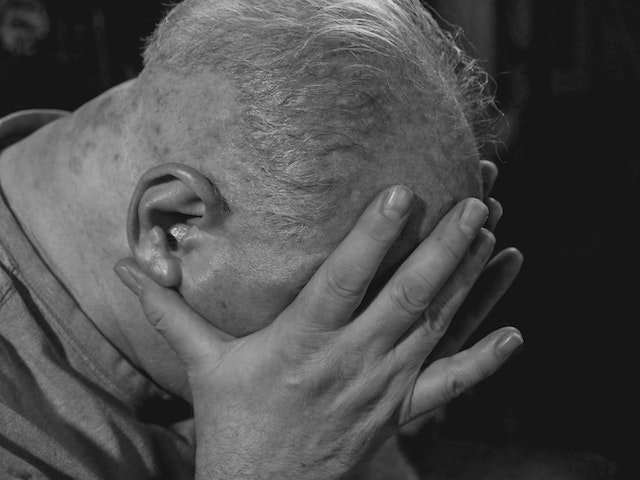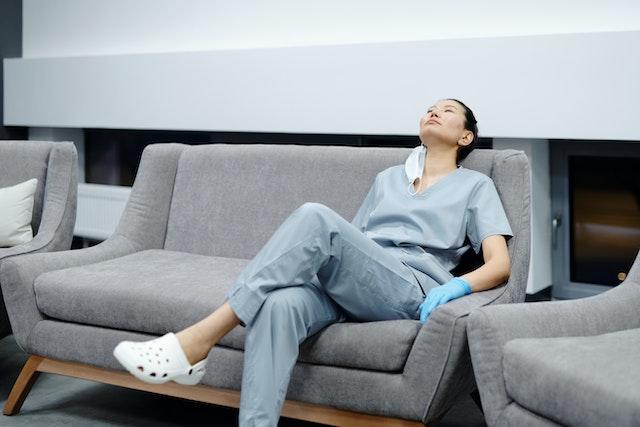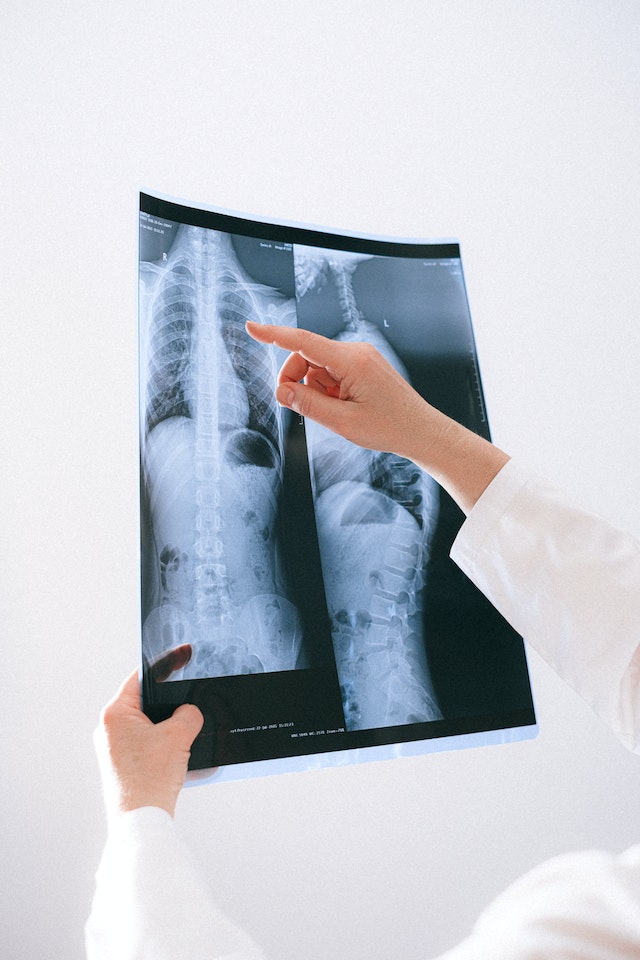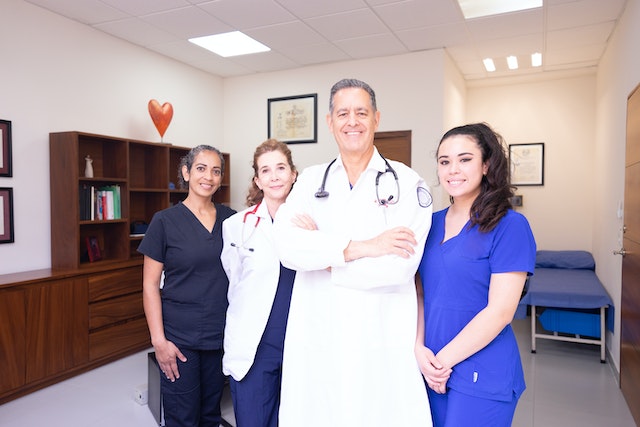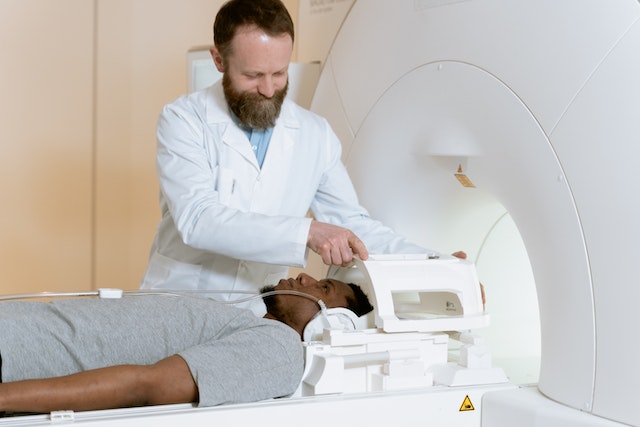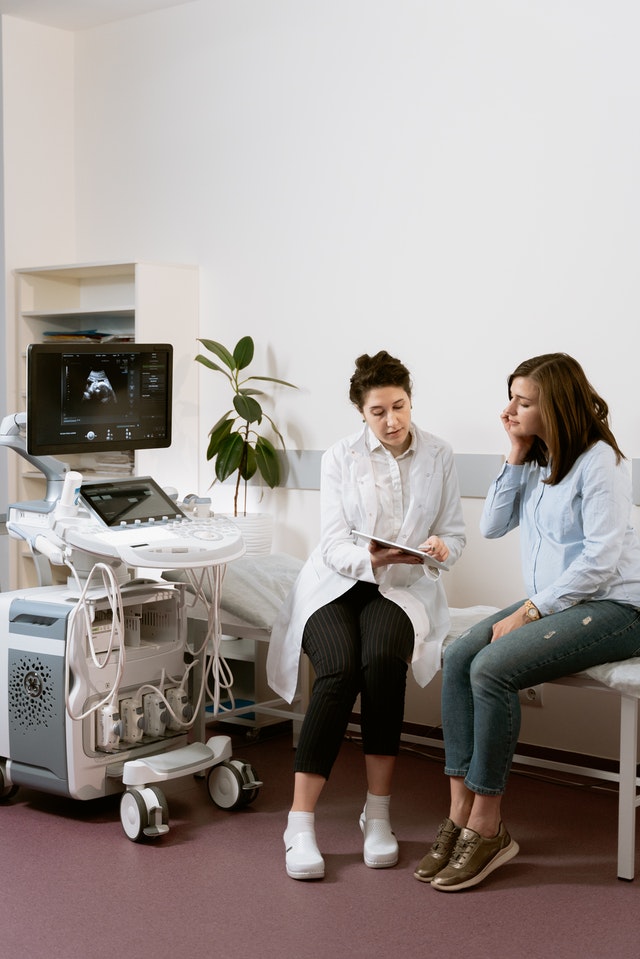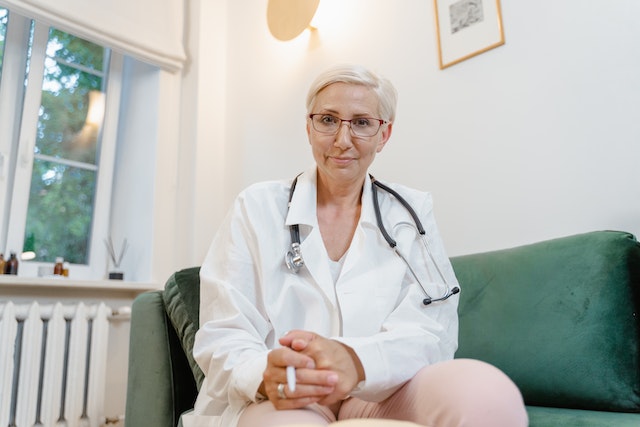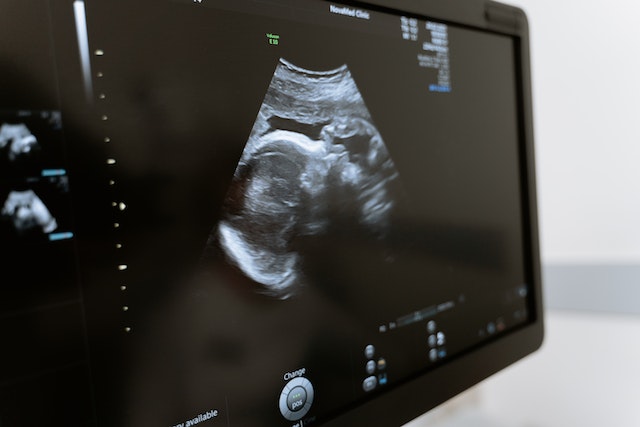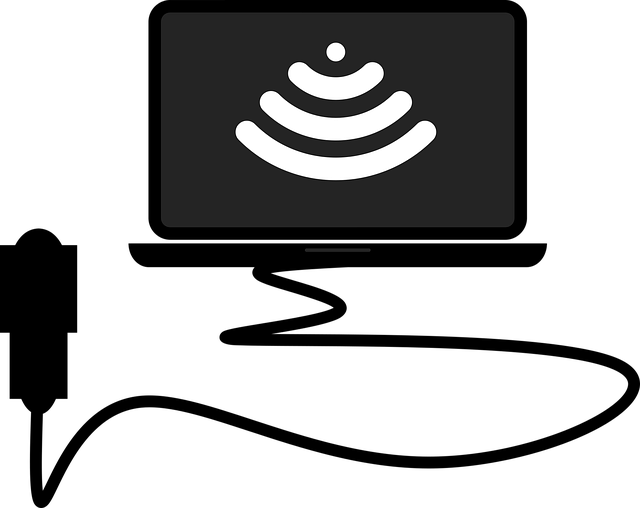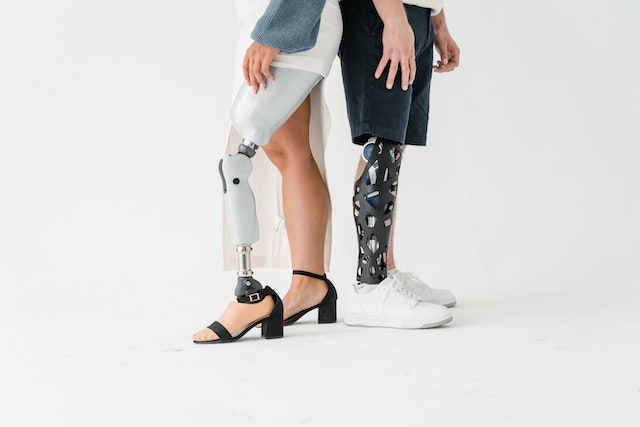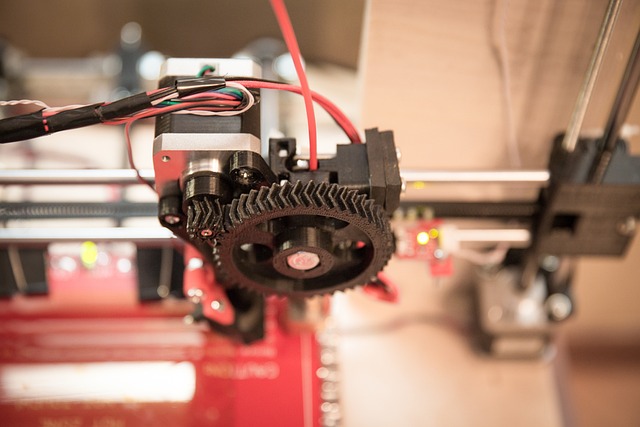Picture Archiving and Communication System (PACS) is a medical imaging technology that has become increasingly important in modern healthcare. PACS is a digital platform that allows medical images, such as X-rays, MRIs, and CT scans, to be stored, viewed, and shared electronically between healthcare professionals. This technology has revolutionized the way medical images are managed and has brought many benefits to hospitals and patients alike.
The function of PACS in hospitals is multifaceted, but its primary purpose is to facilitate the storage and retrieval of medical images. This enables healthcare professionals to access patient information quickly and easily, which can improve patient care, diagnosis, and treatment.
Some of the key benefits of PACS include:
Improved efficiency: PACS eliminates the need for physical film and enables medical images to be shared quickly and easily between healthcare professionals. This can save time and improve the efficiency of medical imaging services.
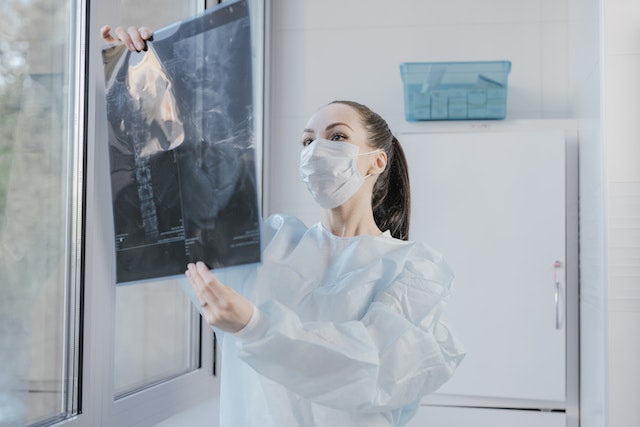
Enhanced patient care: PACS enables healthcare professionals to access patient information quickly and easily, which can improve patient care, diagnosis, and treatment.
Cost savings: PACS eliminates the need for physical film and the associated costs of processing and storing it. This can result in significant cost savings for hospitals.
How are PACS Evolving?
The benefits of PACS are numerous, and the technology is constantly evolving to meet the needs of modern healthcare. Some of the ways in which PACS is improving include:
Cloud-based solutions: Many PACS vendors now offer cloud-based solutions, which can provide greater flexibility and scalability. This enables healthcare professionals to access medical images from anywhere, at any time.
Artificial intelligence (AI): AI is being integrated into PACS to improve image analysis and interpretation. This can help healthcare professionals to make more accurate diagnoses and provide better patient care.

Mobile access: Many PACS vendors now offer mobile apps, which enable healthcare professionals to access medical images from their mobile devices. This can provide greater flexibility and convenience, particularly for healthcare professionals who are working remotely.
Vesta Teleradiology Works with Your System
Vesta is proud to help integrate their hospital partners with our PACS and systems. This allows clients to provide referring physicians digital access to their own studies, images and reports as soon as they are released. Further, with Vesta Direct Messaging technology, receive reports as well as significant images directly into the RIS. Vesta is always on the lookout to bring the latest technologies to our clients to help improve efficiency, quality while reducing costs
If you need a radiology partner that is not only reliable but can support your workflow, please contact us today: 877-55-VESTA

References
OpenAi.com
https://www.corestudycast.com/news/picture-archiving-and-communication-systems/
